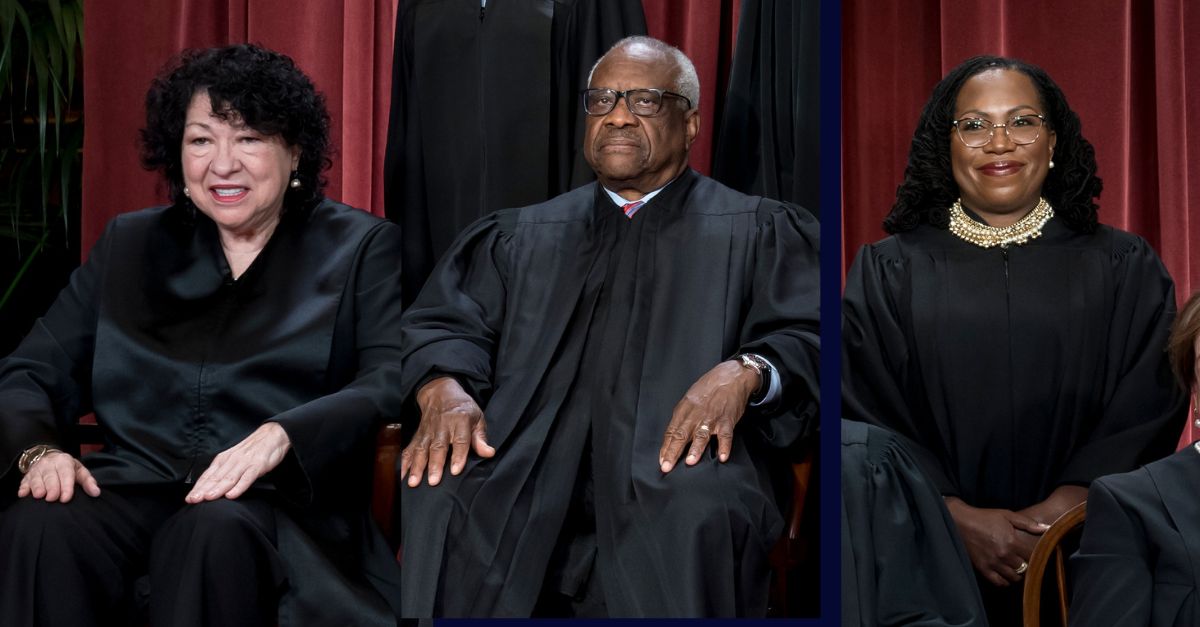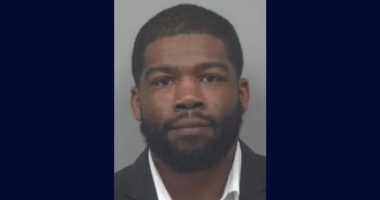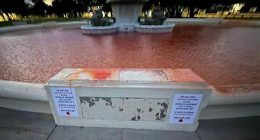
Left: Justice Sonia Sotomayor; Center: Justice Clarence Thomas; Right: Justice Ketanji Brown Jackson (image via Erin Schaff/pool/AFP via Getty Images)
An advocacy group has asked the U.S. Supreme Court to take its recent ban on affirmative action programs one step further — and extend its ruling from the context of college admissions to the high school arena.
In late June 2023, the Supreme Court eradicated affirmative-action admissions policies at the collegiate level when it ruled that race-conscious admissions programs at Harvard University and the University of North Carolina violated the Equal Protection Clause of the Fourteenth Amendment of the Constitution.
The non-profit Pacific Legal Foundation (PLF), which regularly advocates for libertarian or conservative causes, now asks the justices to reverse a lower court decision that allowed an elite Virginia high school to consider race in its admissions decisions.
Thomas Jefferson High School for Science and Technology (TJ) is a highly-competitive high school in Fairfax County, Virginia. As the PLF writes in its petition, admission to the school had long been based primarily on standardized test scores.
However, in 2020, the school changed its policy and replaced the test-based criteria with a a “holistic” evaluation that considered “experience factors,” such as coming from a low-income family, being a non-native English speaker, or attending a middle school that was “historically underrepresented,” the petition says.
According to a coalition of parents that sued in 2021, the Fairfax County School Board “became consumed with transforming the racial composition” of the school, because it considered the school’s proportion of Asian-American students to be a “major problem.” According to the plaintiffs, “TJ’s student body — which was over 70 percent Asian American — did not reflect the racial makeup of the school district or Northern Virginia,” and accordingly, the new criteria was established specifically to limit the amount of Asian-American students, the petition says.
The school district at issue is an enormous one, encompassing 19 schools and more than 181,000 students who speak over 200 languages. More than a quarter of the student population is “economically disadvantaged,” more than one-fifth are non-native English speakers, and more than a tenth are classified as students with disabilities. The racial breakdown is as follows: 36.8 percent white, 27.1 percent Hispanic, 19.8 percent Asian, 10 percent Black, 5.9 percent biracial, 0.3 American Indian, and 0.1 percent are Native Hawaiian.The plaintiffs assert that after the changes were implemented, both the raw number and the proportion of Asian American students admitted to TJ decreased from 73% to 54%.
The petitioners in the Thomas Jefferson case — like those in the Harvard case — say that the school’s admissions policy illegally discriminates against Asian-American students.
PLF argued in its filing Monday that the school’s admissions system was “intentionally designed to achieve the same results as overt racial discrimination,” and therefore must be struck down as an Equal Protection Clause violation.
The district court granted summary judgment in the parents’ favor at the trial level and enjoined the district from implementing its policy. However, the U.S. Court of Appeals for the Fourth Circuit stayed the injunction pending appeal, then ultimately reversed the district court’s decision.
Bill Clinton appointee U.S. Circuit Judge Robert B. King said in the appellate ruling that comparing the numbers of Asian-American students before and after the implementation of the policy is not the correct measure for whether the policy disadvantages that group of students. Rather, King wrote, the plaintiffs would need to show that “under the challenged admissions policy, Asian American students face proportionally more difficulty in securing admission to TJ than do students from other racial or ethnic groups.”
Read Related Also: The King of Queens actress Leah Remini's Scientology suit claims church used HUNDREDS of fake websites and social accounts in a 'campaign to destroy' her life
During the pendency of the appeal to the Fourth Circuit in April 2022, the plaintiffs made an emergency appeal to the Supreme Court asking the justices to lift the stay as the case proceeded. The justices declined, though Justices Clarence Thomas, Samuel Alito, and Neil Gorsuch said they would have granted the request.
The petitioners in the high school case now argue that in light of the Court’s recent ruling in Students for Fair Admissions v. Harvard, it is time to strike down race-based admissions policies outside the college context.
“[R]acial discrimination is racial discrimination,” the petitioners argue in their brief. They say the Fourth Circuit “excuses” racial discrimination simply because the court considered the context to be “benign.”
Petitioners called the need for the justices to intervene “urgent,” and cautioned that without a reversal of the Fourth Circuit’s ruling, schools will devise workarounds that would illegally allow them to continue using race as a factor in admissions decisions.
“Some universities are already strategizing how to get around this Court’s ruling in SFFA, and they are looking to the panel decision below as the roadmap to do so,” the petition warns. “Only a decision from this Court can resolve this question and ultimately stop this troubling trend.”
The Court’s 6-3 ruling in SFFA v. Harvard was authored by Chief Justice John Roberts.
“University programs must comply with strict scrutiny, they may never use race as a stereotype or negative, and — at some point — they must end,” the chief justice wrote. “Eliminating racial discrimination means eliminating all of it.”
Justice Ketanji Brown Jackson slammed the Court’s decision as being “without any basis in law, history, logic, or justice,” and grounded instead in “let-them-eat-cake obliviousness.”
The Court’s decision was widely criticized as an unwise blow to higher education’s efforts to foster diverse learning environments.
In the immediate aftermath of the decision, some colleges have announced that they will end legacy admissions programs, which give priority to children of alumni — and statistically tend to favor white students.
You can read PLF’s full petition for certiorari here.
Have a tip we should know? [email protected]








